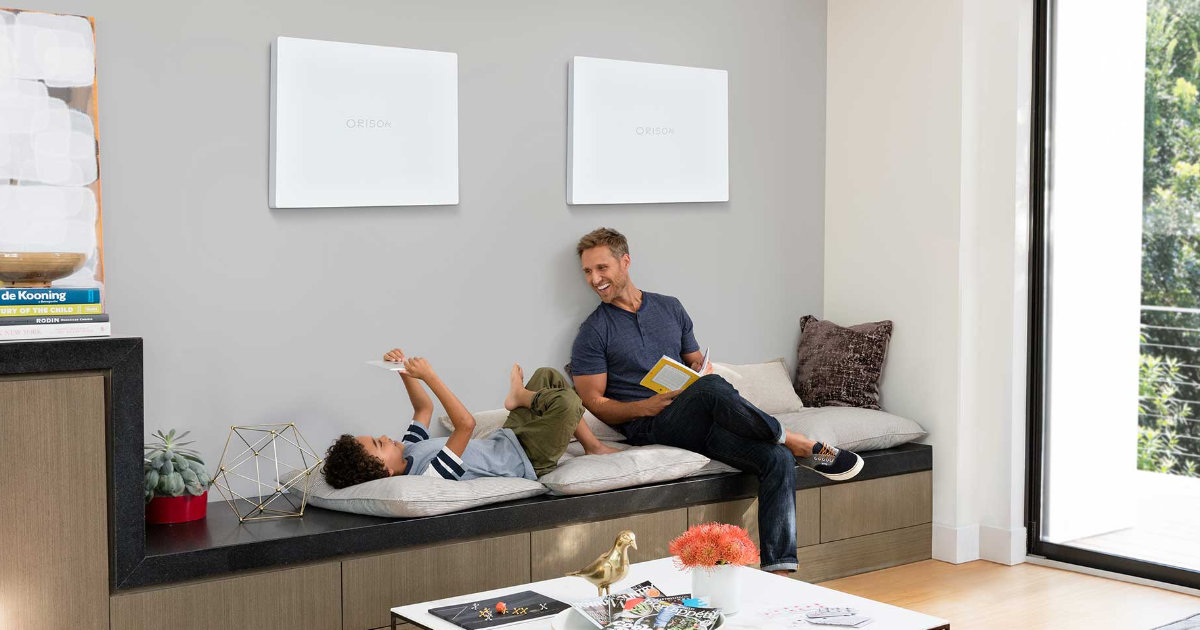svetz
Works in theory! Practice? That's something else
Here's a crackpot idea for entrepreneurs... imagine a plug-and-play infinitely expandable battery backup that allowed you to mix or match batteries of different ages or chemistries?
Here's how it might work via "AC Batteries":
A single stand-alone unit would only come on if there was no brain detected, no line voltage detected, and sufficient line resistance (e.g., not connected to a grid that had the power go out). If the grid came on, it would go into charge mode. Want to market to people that already invested in DC batteries and want to upgrade their dodgy inverter? Make an AC battery "head" that snaps together for scale and connects to any battery (or battery bank) and you set the chemistry via a switch.
The normal heart of the system would be the ATS (possibly an autotransformer option like Enphase's Enswitch). The brain and communications are built-in, probably ethernet over powerline. The brain would either select one of the AC batteries to be the master and the rest would slave to the frequency, or it would just set the timing or all of them. The brain would also monitor individual battery capacity, health, and temperature, reporting problems.
Since the brain sets the frequency, it could control power inputs (e.g., solar, wind) via UL 1741 frequency shifting. Or, with a combiner box use relays to turn those inputs on/off.
Here's how it might work via "AC Batteries":
- First, you mass-produce a single size of AC battery (battery, inverter, charger, brain, communications), having one size reduces manufacturing costs.
- They'd probably be 1 or 2 kWh AC batteries, something not so hefty it couldn't be lugged around.
- For home backup or critical circuits subsystem, you'd also need the "base" unit, essentially an ATS and a "brain".
A single stand-alone unit would only come on if there was no brain detected, no line voltage detected, and sufficient line resistance (e.g., not connected to a grid that had the power go out). If the grid came on, it would go into charge mode. Want to market to people that already invested in DC batteries and want to upgrade their dodgy inverter? Make an AC battery "head" that snaps together for scale and connects to any battery (or battery bank) and you set the chemistry via a switch.
The normal heart of the system would be the ATS (possibly an autotransformer option like Enphase's Enswitch). The brain and communications are built-in, probably ethernet over powerline. The brain would either select one of the AC batteries to be the master and the rest would slave to the frequency, or it would just set the timing or all of them. The brain would also monitor individual battery capacity, health, and temperature, reporting problems.
Since the brain sets the frequency, it could control power inputs (e.g., solar, wind) via UL 1741 frequency shifting. Or, with a combiner box use relays to turn those inputs on/off.



